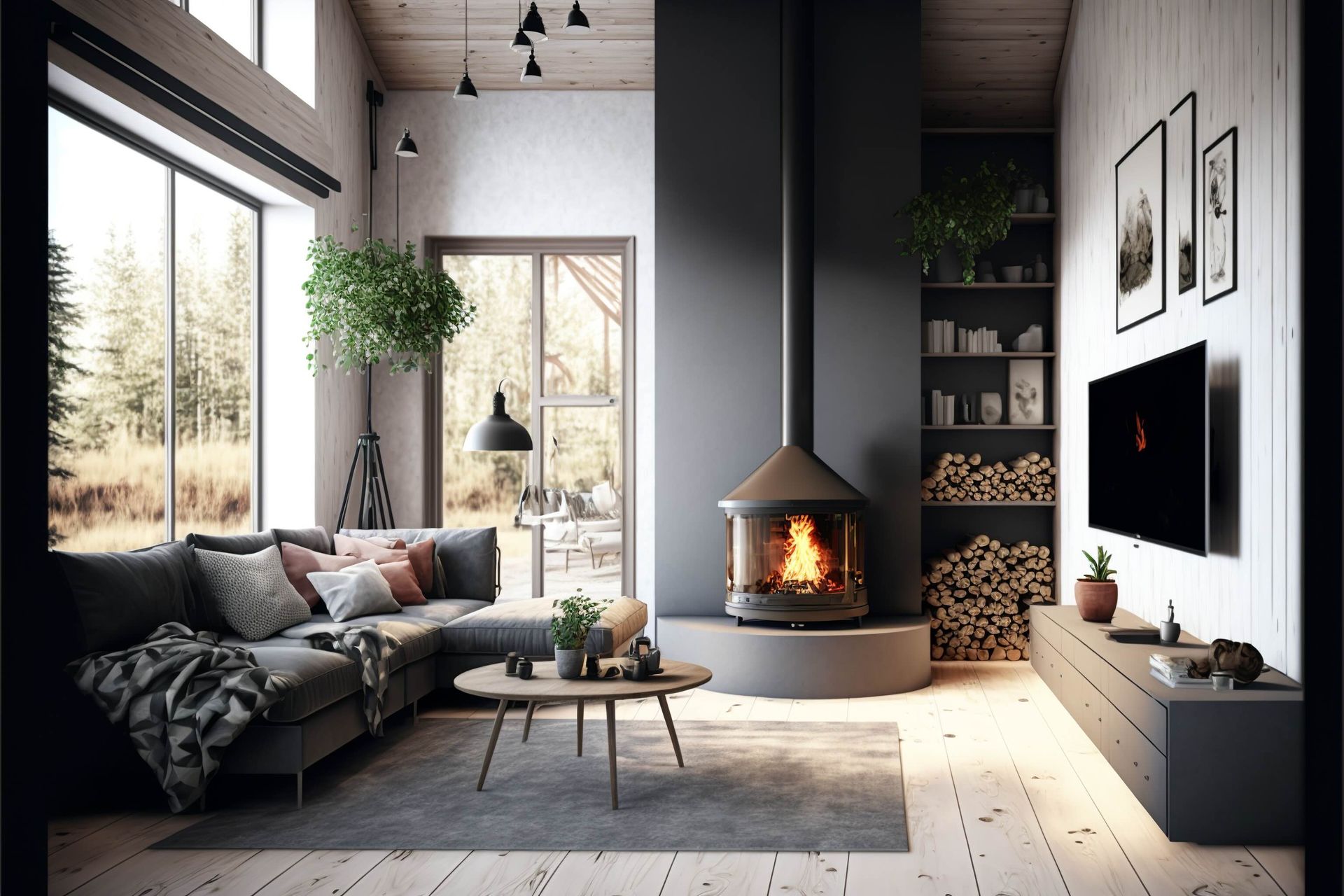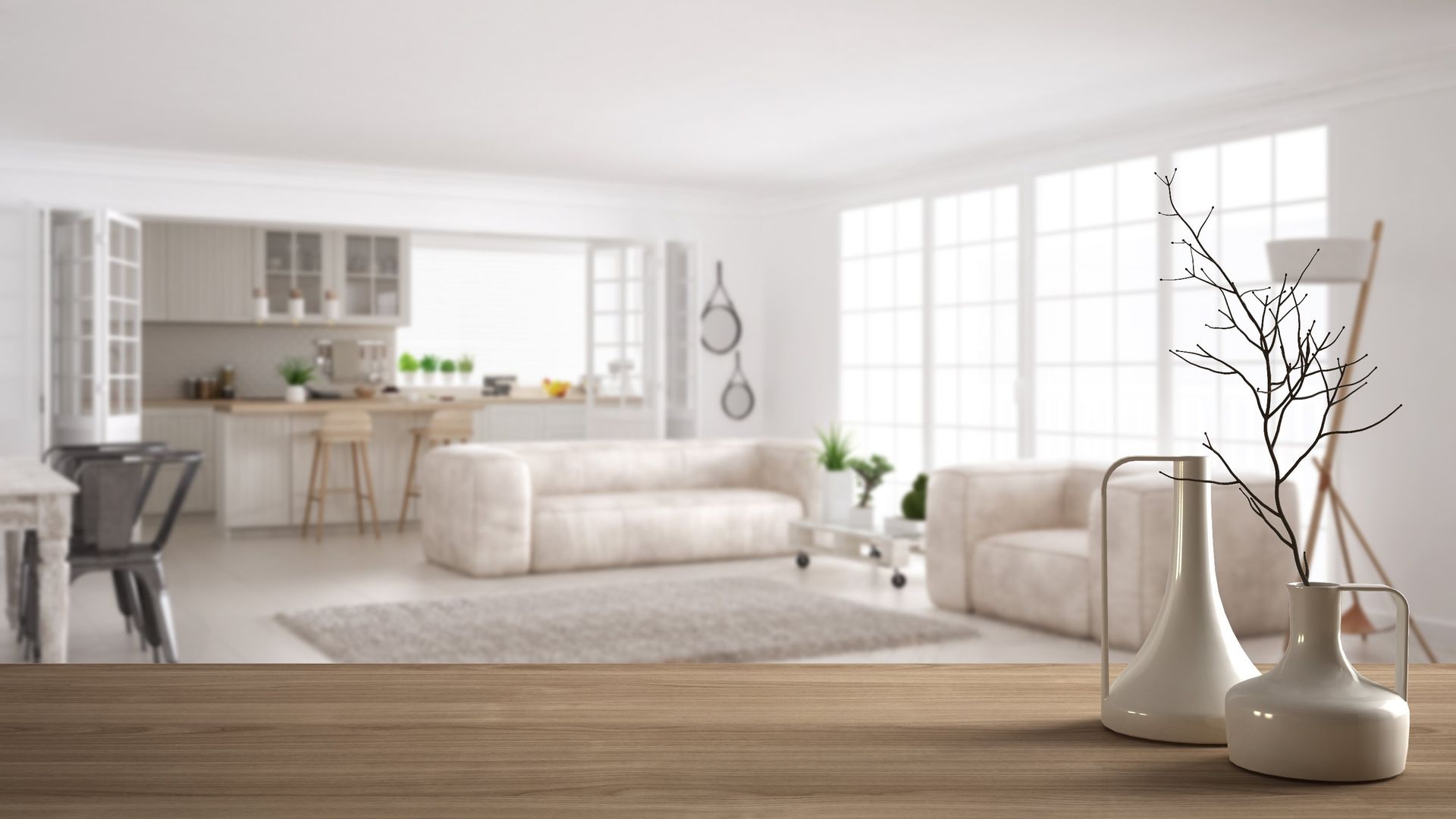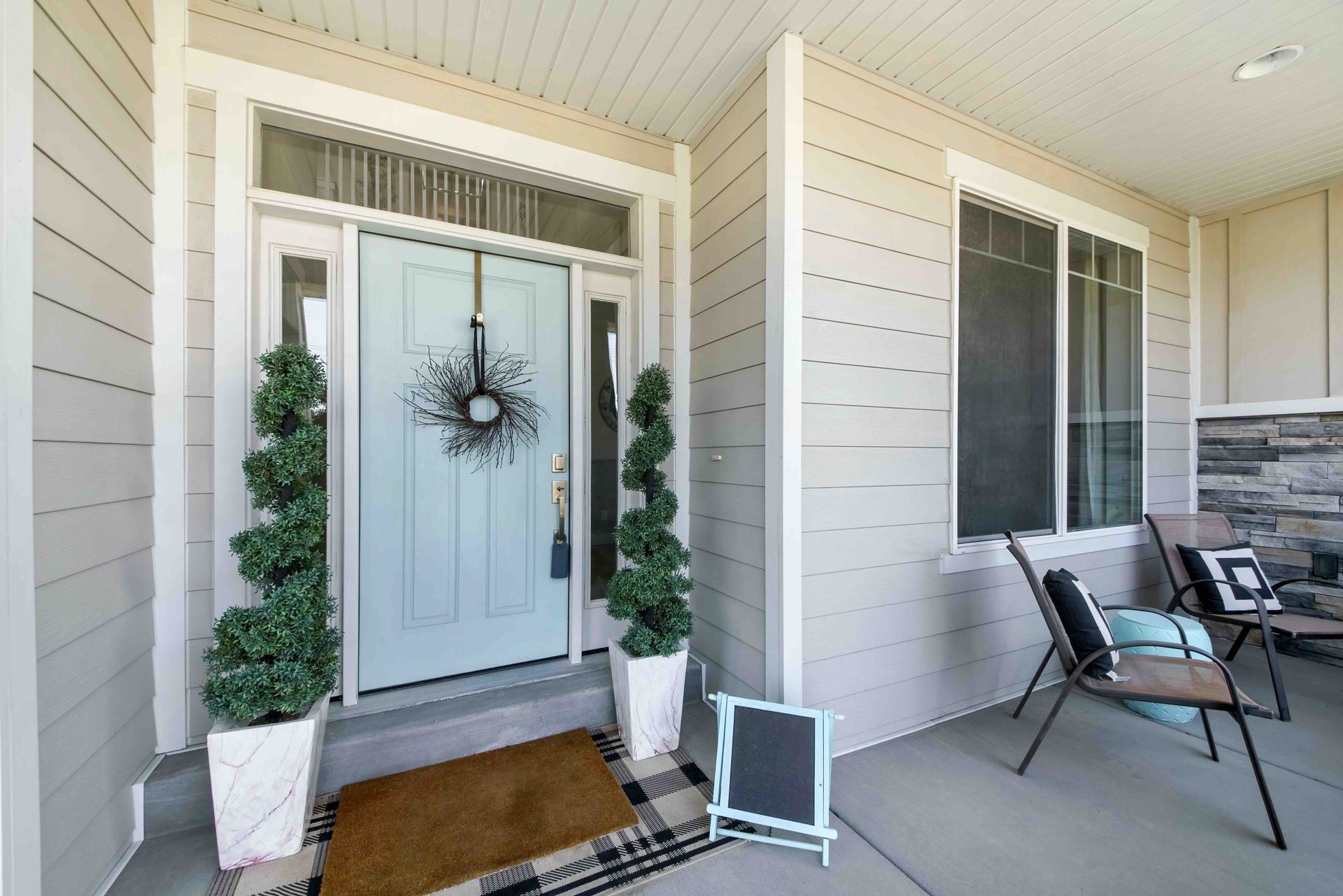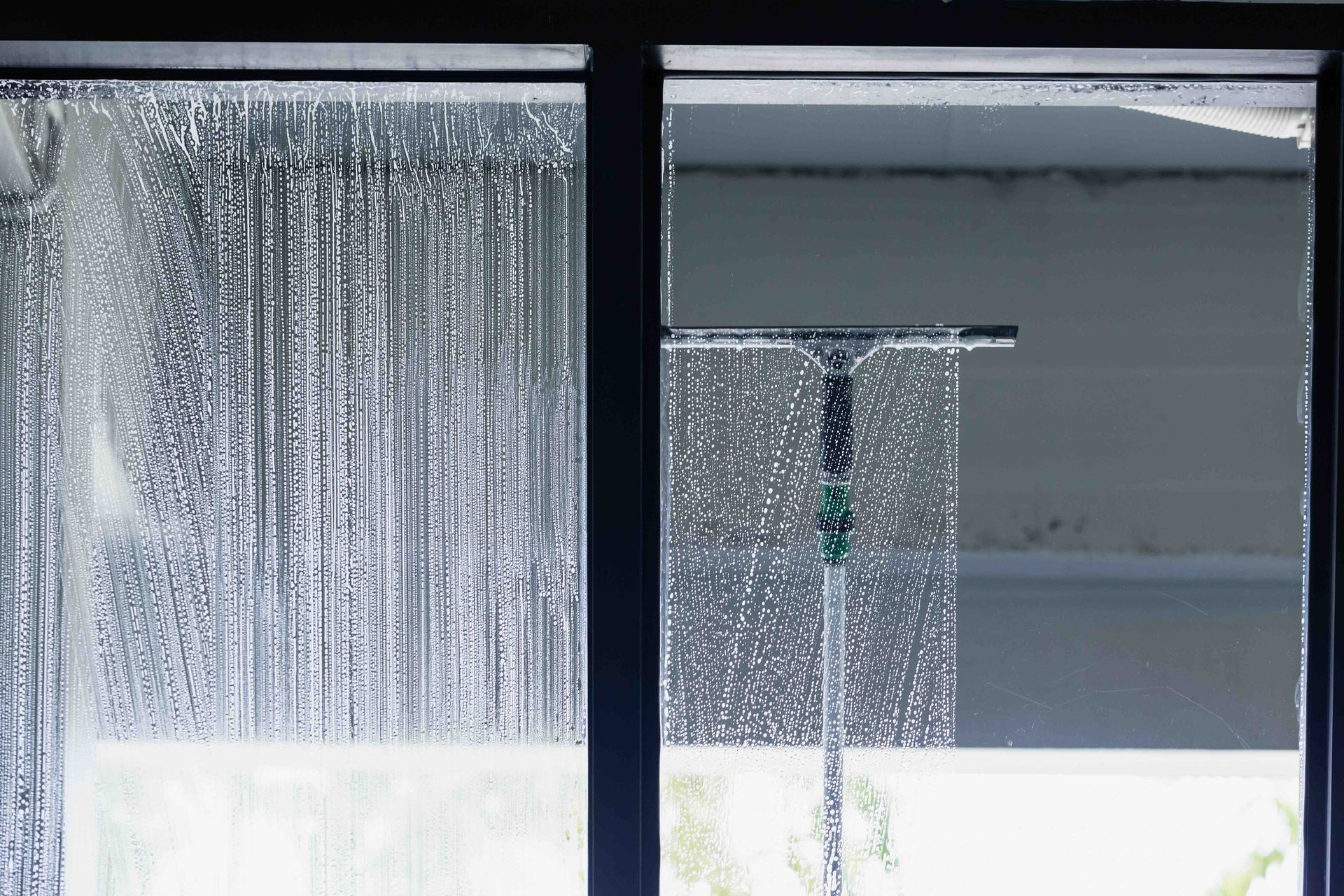Decluttering and Living in a Minimalist Home This 2025
As we step into 2025, many of us find ourselves reflecting on our homes and wondering how we can make them more organized, peaceful, and functional. The idea of minimalism, which focuses on simplifying our surroundings and focusing only on what truly adds value to our lives, is becoming more popular than ever. A minimalist home is not just about getting rid of things; it’s about creating a space that promotes clarity, calmness, and well-being. It’s about living intentionally and appreciating the beauty in simplicity. If you’re looking to embrace this lifestyle in the new year, here are ten strategies for transforming your home into a minimalist haven.
1. Start with a Vision
Before diving into decluttering, it’s essential to have a clear vision of what you want your minimalist home to look like. What does minimalism mean to you? Is it about reducing possessions, creating open spaces, or finding a sense of peace in simplicity? Think about the mood you want to evoke in your living space—whether it’s calm, spacious, or functional. Consider how you want to feel when you walk into your home each day. Do you crave a sanctuary where you can relax and recharge, or do you want a place that fosters creativity and productivity? Picture the colors, the layout, and the ambiance you desire. Once you have a clear vision in mind, it will be much easier to start the decluttering process. Having a vision will guide your decision-making, helping you prioritize what stays and what goes.
A vision also helps you stay motivated. As you begin to clear out clutter and make changes, remind yourself of the end goal. Whether it’s a serene space for relaxation or a more organized home that reflects your values, keep this vision alive throughout the process. It’s easy to get discouraged when the task feels overwhelming, but by keeping the big picture in mind, you’ll be reminded of why you started. For example, you might visualize the feeling of peace that will come from a clutter-free living room or the sense of accomplishment as you create more functional spaces in your home. If you encounter items you’re unsure about, return to your vision and ask yourself if it truly serves your ideal space. Sometimes, that small reminder can be the push you need to make tough decisions. A strong vision provides a sense of purpose, ensuring that every step you take is aligned with your goal.
2. Begin with the Basics
The first step in decluttering is to tackle the basics—those items that are used daily and are essential for everyday living. Begin by taking stock of your kitchen essentials, bathroom necessities, clothing, and furniture. Ask yourself what truly adds value to your life. Is that set of fine china something you use regularly, or is it just taking up valuable cupboard space? Are the piles of books stacked on your nightstand adding to your comfort, or are they simply accumulating dust?
Take a moment to evaluate your belongings. The goal is to keep only what is truly necessary, practical, and meaningful. This will form the foundation of your minimalist home, where each item has a purpose and fits into the overall vision.
3. Let Go of Sentimental Clutter
One of the most challenging parts of decluttering is parting with sentimental items. Whether it’s old gifts, family heirlooms, or photos from the past, these objects can carry emotional weight and make it hard to let go. However, minimalism is about focusing on what truly adds value to your life now, rather than holding onto things simply because of their past significance.
It can be helpful to ask yourself if these items are serving you in the present. Do they bring joy, or do they just take up space and remind you of things you no longer need or use? In some cases, it may be easier to photograph or digitally store sentimental items, freeing up physical space while still preserving the memories.

4. Create Zones for Different Activities
A minimalist home isn’t just about getting rid of stuff; it’s also about creating functional spaces that cater to your daily activities. Once you’ve decluttered the basics, focus on organizing your home into designated zones that serve a specific purpose. For example, create a cozy reading nook, a streamlined workspace, or a calm meditation corner.
By assigning specific activities to certain areas of your home, you can reduce the chaos and make it easier to maintain order. Each zone should be designed to enhance your lifestyle, making it easier to focus on what matters most. For instance, an organized kitchen zone with all the tools you need for cooking can make meal preparation easier, while a dedicated relaxation zone can provide a retreat from the busy world.
5. Embrace Multi-Functional Furniture
Minimalism often involves finding smarter, more efficient ways to use the space you have. One of the best ways to maximize your home’s functionality is by investing in multi-functional furniture. Instead of filling your home with numerous pieces of furniture, consider items that serve more than one purpose.
For example, a sofa bed can provide seating during the day and extra sleeping space for guests. A dining table with built-in storage can help you reduce clutter while still offering a functional area for family meals. Multi-functional furniture allows you to maintain an organized and minimalist environment while still meeting your practical needs.
6. Keep Surfaces Clear
One of the simplest ways to achieve a minimalist look in your home is by keeping surfaces clear. Whether it’s your countertops, coffee tables, or dining table, clear surfaces create a sense of order and spaciousness. This doesn’t mean you need to get rid of everything; it simply means that every item on your surface should have a purpose.
Take the time to regularly clean and clear off your surfaces, keeping only the items that are necessary or bring you joy. For example, in the kitchen, keep only the appliances you use on a daily basis and store the rest out of sight. This simple habit will instantly make your home feel more organized and calm.
7. Organize with Storage Solutions
Even in a minimalist home, you need some level of organization to keep everything in its place. Rather than allowing clutter to accumulate, invest in smart storage solutions that keep your belongings out of sight while remaining easily accessible. For example, consider using under-bed storage, wall-mounted shelves, or hidden drawers to store items you don’t use frequently.
Be mindful of the storage solutions you choose. The goal is to find places for your items without cluttering up your space. Organizing doesn’t mean hiding things away in a way that creates a feeling of chaos—it's about creating an intuitive and functional system that works for you.

8. Focus on Quality Over Quantity
Minimalism is about valuing quality over quantity. Instead of buying multiple items of low quality, focus on investing in fewer pieces that are built to last. This approach not only reduces the clutter in your home but also helps you create a more sustainable lifestyle. Whether it’s clothing, furniture, or decor, choose items that are durable and serve a long-term purpose.
By shifting your mindset from quantity to quality, you’ll find that you need fewer things to make your home functional and beautiful. This will lead to a more organized and peaceful space, where each item has lasting value and purpose.
9. Practice Daily Maintenance
A minimalist home isn’t created overnight—it’s a continuous process that requires daily maintenance. In order to keep your home organized and clutter-free, it’s important to adopt habits that support your minimalist lifestyle. Spend a few minutes each day tidying up, putting things back in their designated places, and evaluating whether any new items need to be decluttered.
Daily maintenance doesn’t have to be time-consuming or overwhelming. It’s about making small, intentional efforts each day to keep your home in alignment with your vision. With consistent effort, you’ll find that your minimalist home stays organized and peaceful without requiring a lot of upkeep.
10. Cultivate Mindfulness and Gratitude
Finally, one of the most important aspects of living in a minimalist home is cultivating mindfulness and gratitude. Minimalism is not just about reducing physical possessions but also about embracing a mindset of intentionality and contentment. Take time to appreciate the space you’ve created and the simplicity it brings.
Practice mindfulness by being present in your home. Rather than constantly chasing after new possessions or distractions, take time to focus on what truly matters—whether it’s spending time with loved ones, pursuing hobbies, or simply enjoying a moment of quiet. A minimalist home encourages you to slow down, reflect, and appreciate the beauty of the present moment.
Key Takeaways
Living in a minimalist home isn’t about deprivation or living with less; it’s about creating a space that supports your values, priorities, and well-being. By focusing on intentionality, quality, and mindfulness, you can transform your living space into a peaceful, organized, and functional environment that allows you to thrive in 2025 and beyond. Embrace these strategies and begin the journey toward a more minimalist, fulfilling lifestyle, where every corner of your home brings joy, clarity, and purpose.
Share on





